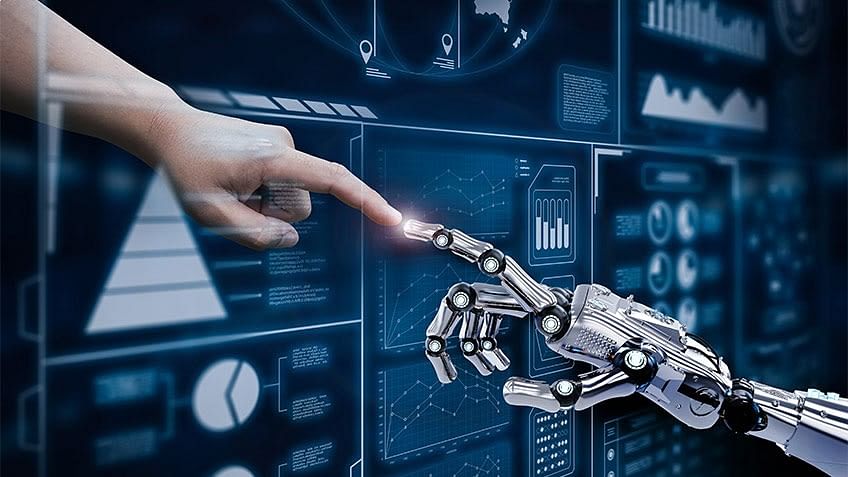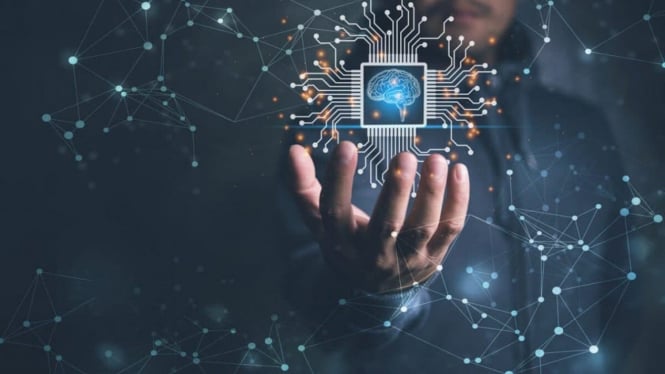It is undeniable that modern technology nowadays has become reliable to us in improving our quality of life. Technology has helped us reduce human errors to ensure that all our task is working smoothly. The incredible new field of research known as machine learning is slowly but surely becoming more and more prevalent in day-to-day life. Machine learning can be found virtually everywhere, from personalised advertisements to the detection of cancer cells. The high-level activities that are completed by simple code blocks bring up the question of how machine learning is actually carried out. Continue reading this article to learn the introduction to applied machine learning malaysia.

What is machine learning?
The process of creating computer systems that can learn and improve on their own via the use of specialised programming is referred to as machine learning.
The end goal of machine learning is to develop algorithms that can automatically assist a system in gathering data and using that data to learn more about its environment. It is envisaged that systems will search for patterns in the data that have been acquired and then use those patterns to make important decisions on their own.
In general, machine learning refers to the process of teaching computers to think and behave like people, demonstrate intelligence comparable to that of humans, and develop their own brains. Existing machine learning models are already capable of doing tasks such as the following in the actual world:
- Identifying legitimate messages from unwanted ones, as is done in Gmail
- Modifying grammatical and orthographic errors, such as those displayed by autocorrect
The development of machine learning has allowed for the creation of design systems that are capable of demonstrating uncanny human-like reasoning. These systems are able to carry out tasks such as the following:
- Recognition of both images and objects
- Identifying and avoiding fake news
- Understanding written or spoken words
- Bots that interact with humans on websites in the same way that humans do
- Cars that drive themselves

How does machine learning works?
1. Collecting Data:
Machines learn from your data. Your machine learning model needs accurate data to identify patterns. Data quality determines model accuracy. Incorrect or obsolete data will yield irrelevant results or predictions.
2. Data Preparation:
- Combining and randomising your data. This ensures data distribution and does not impair learning.
- Cleaning data to eliminate undesirable data, missing rows, columns, duplicate values, data type conversion, etc. You may need to rearrange the dataset and update rows and columns or indexes.
- Visualize the data to understand its structure and relationships between variables and classes.
- Splitting cleansed data into training and testing sets. Models learn from the training set. Testing your model after training uses a set.
3. Selecting a Model:
A model decides the output of a machine learning algorithm using collected data. Choose a model that fits the task. Scientists and engineers have developed models for speech recognition, picture recognition, prediction, etc. In addition, you must decide if your model is best for numerical or categorical data.
4. Model Training: Machine learning’s most crucial stage. Your machine learning model finds patterns and predicts from prepared data in training. The model learns from data to complete the task. Training improves model prediction.
5. Evaluating the Model: After training your model, evaluate its performance. The model is tested on new data. Our testing set is unseen. If testing is done on the same data as training, the model will detect the same patterns and give an inaccurate metric. This yields disproportionate precision.
6. Parameter Tuning: Check your model’s accuracy after creating and testing it. Tuning model parameters does this. Programmers choose model parameters. Accuracy is highest at a parameter value. Parameter tweaking determines these values.
7. Predicting
Your model can reliably anticipate unknown data.

For further information about this topic, visit introduction to applied machine learning malaysia.


Recent Comments